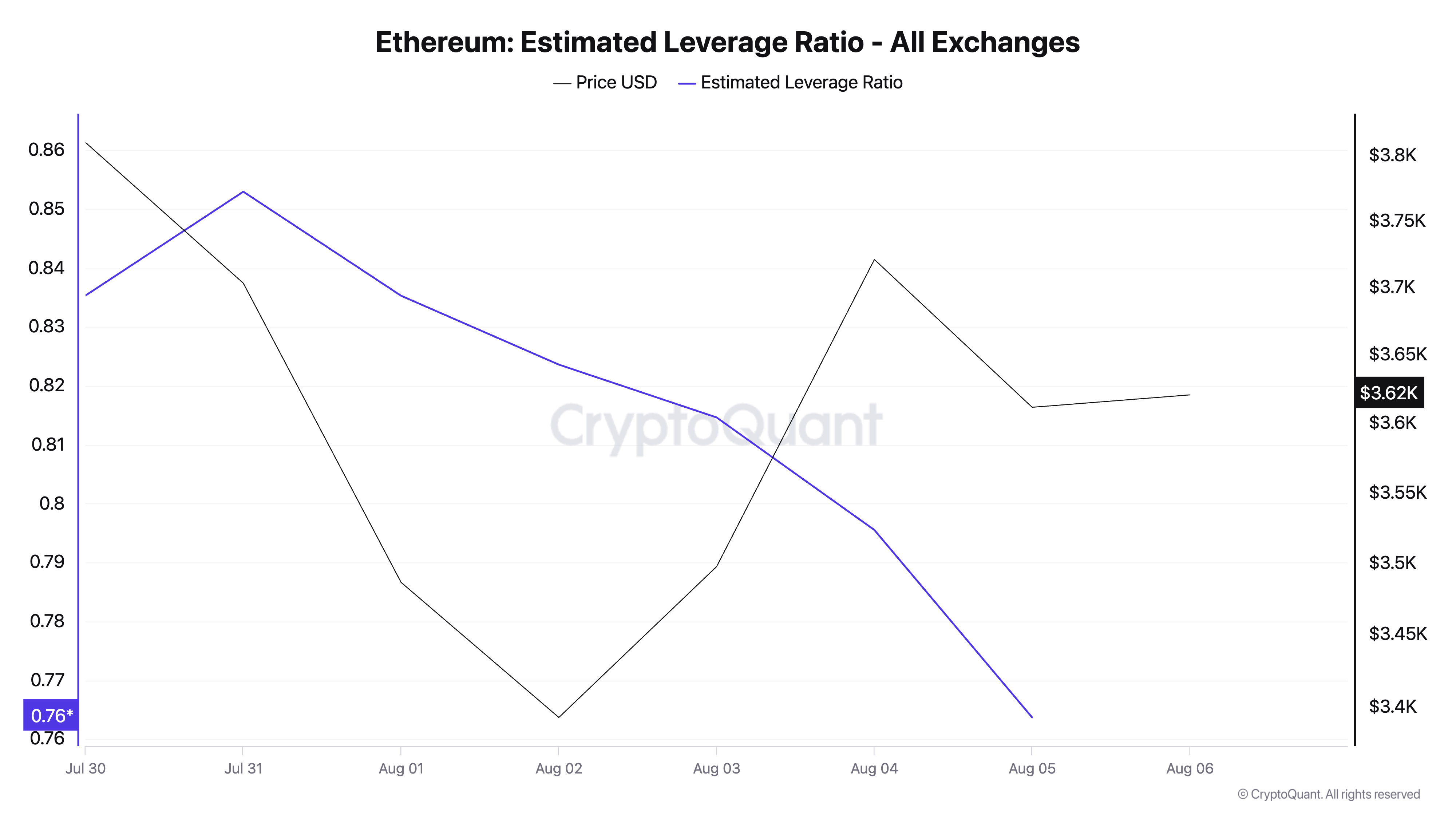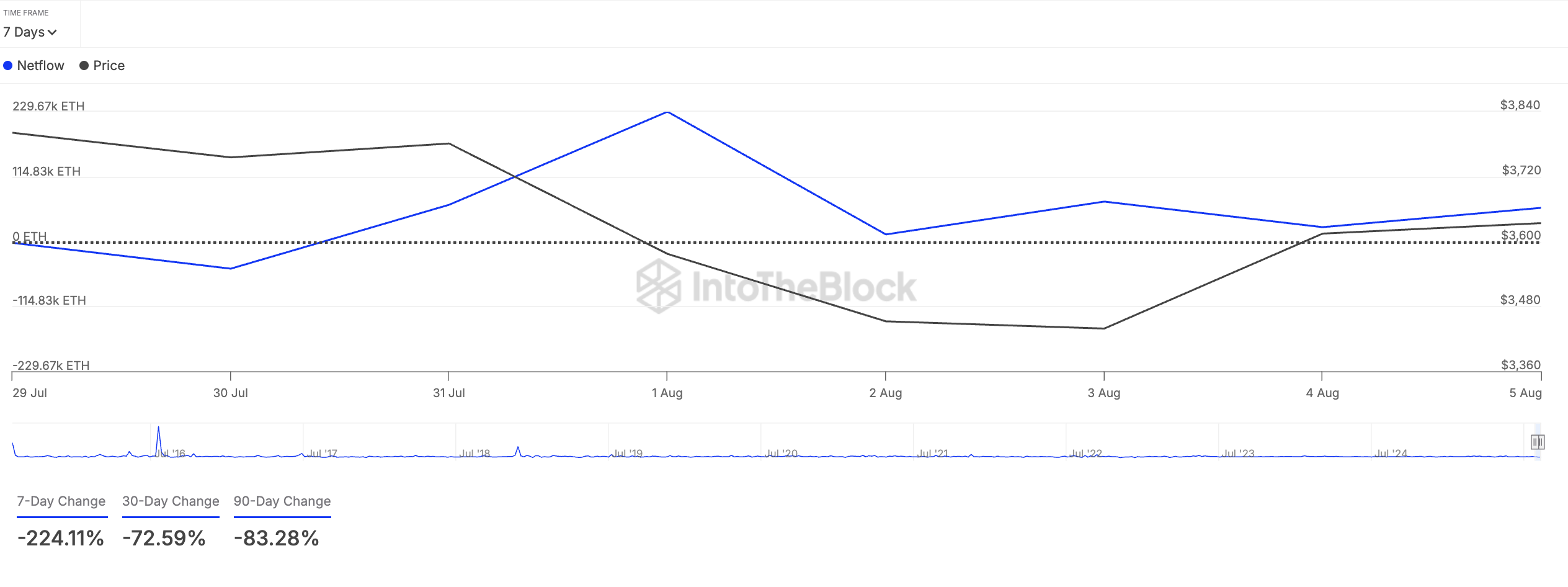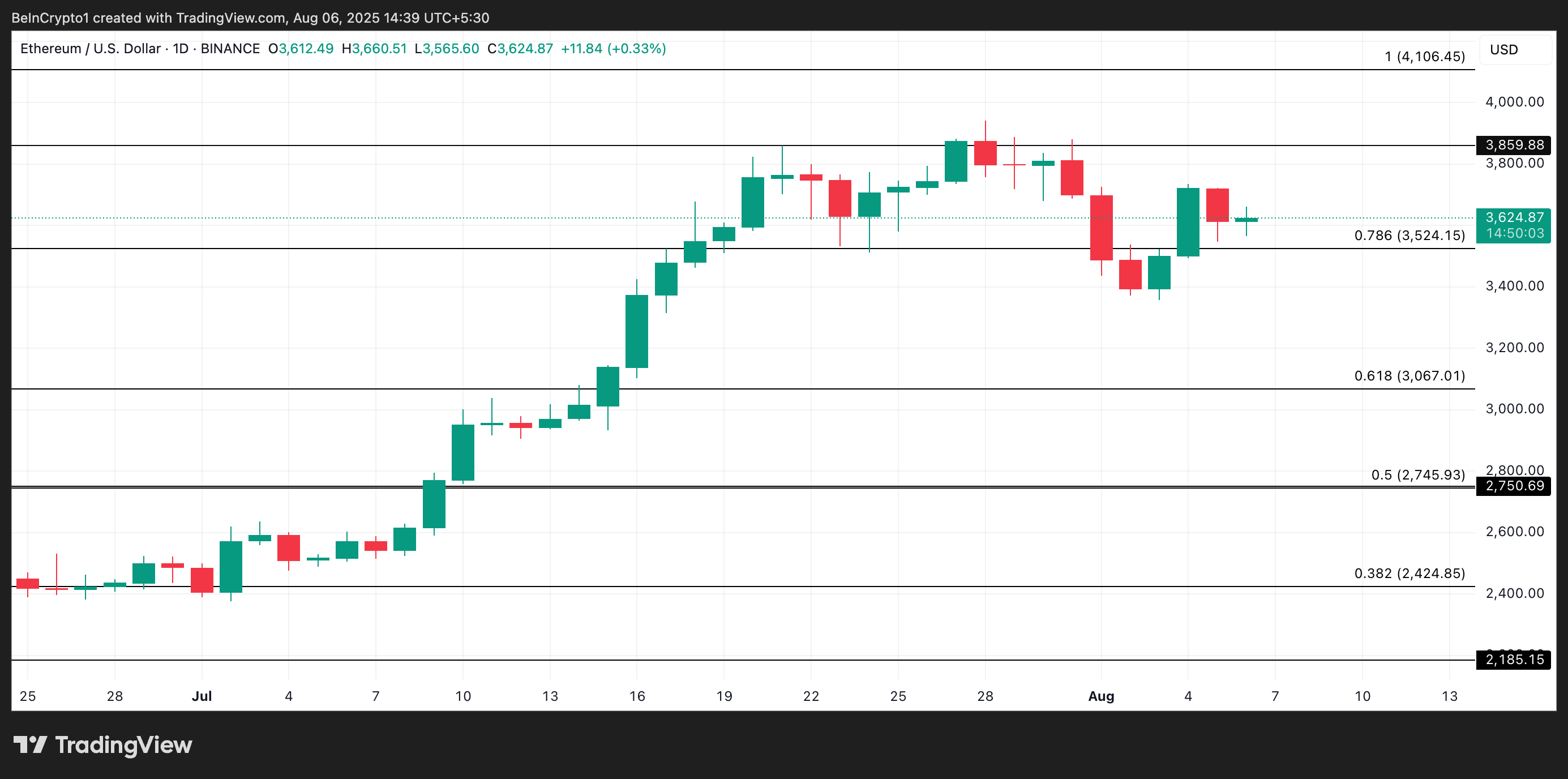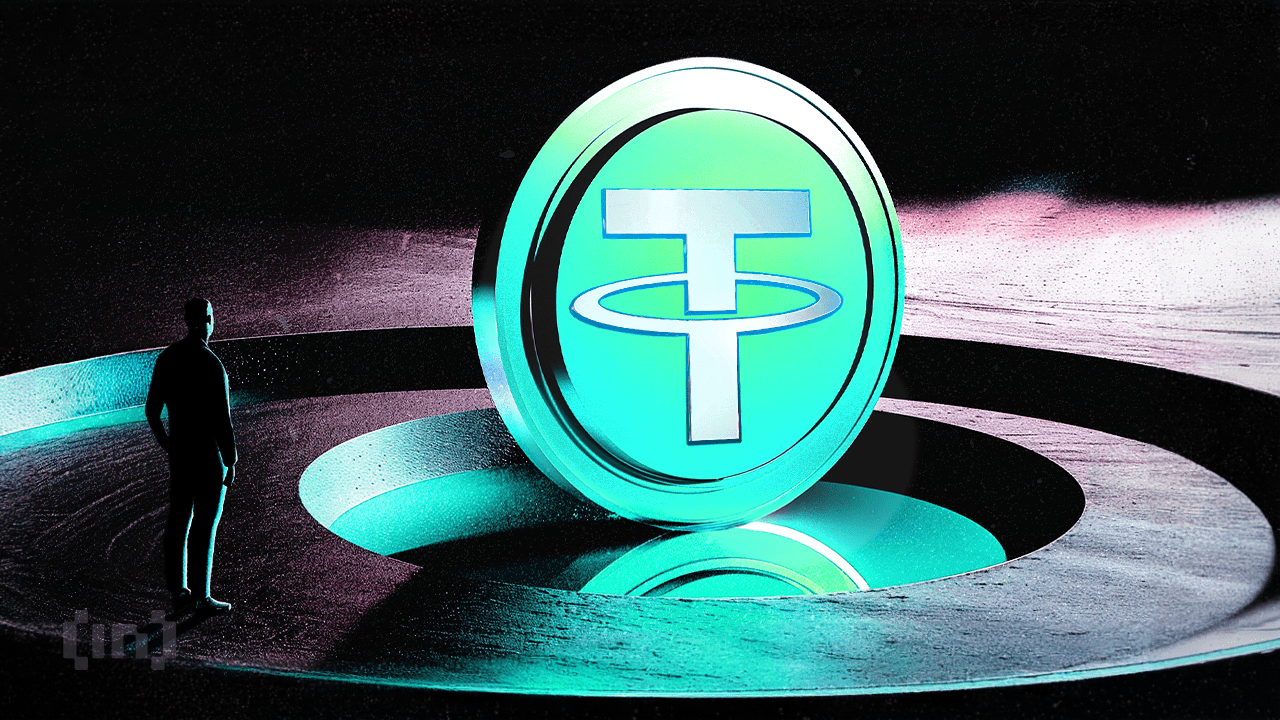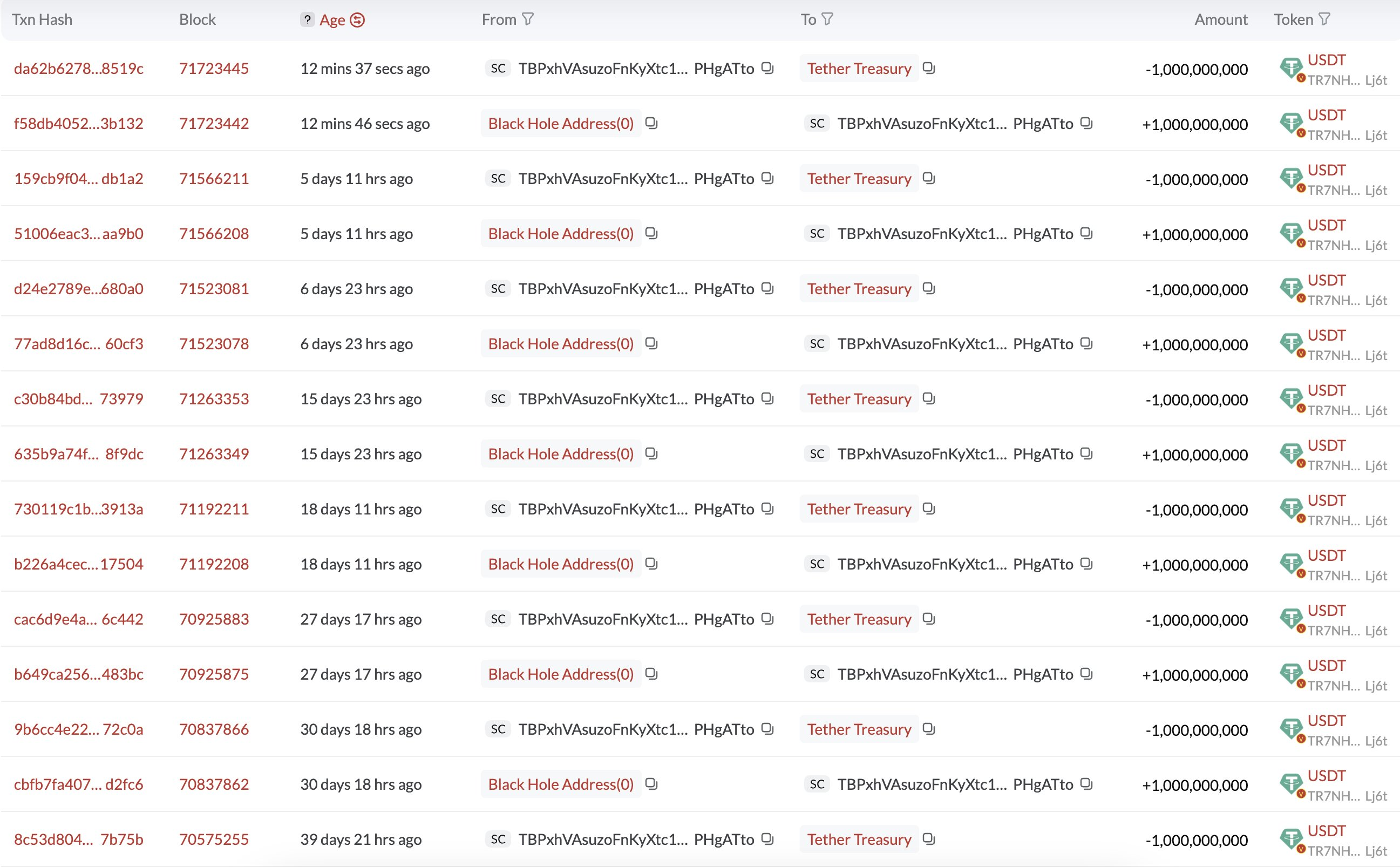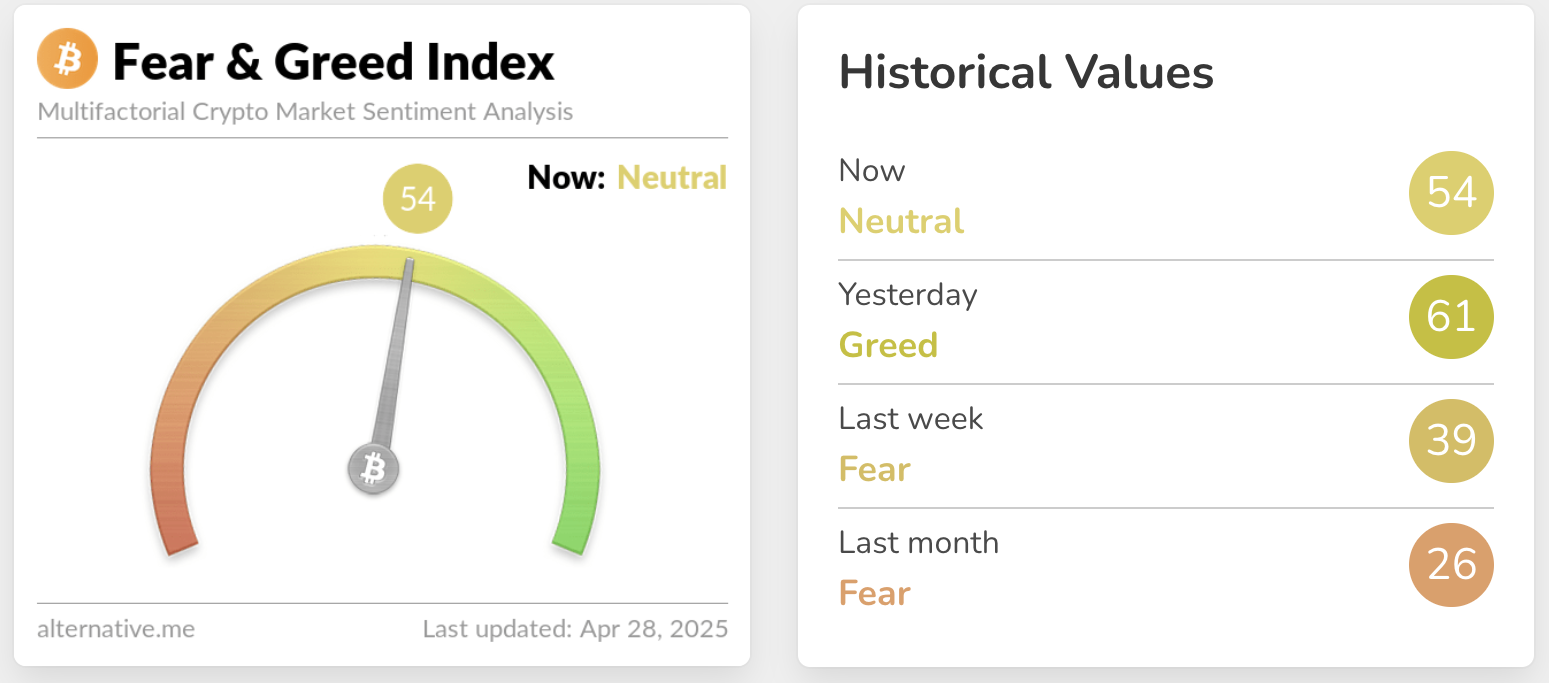Robinhood has rolled out its AI-driven Digests feature in the UK, marking the company’s latest attempt to merge fintech, artificial intelligence (AI), and investing.
The launch comes at a critical time for Robinhood, amidst surging crypto volumes, intensifying competition from on-chain platforms, and heightened regulatory pressure from traditional finance (TradFi).
Robinhood’s AI Market Insights Hit the UK — Is Crypto Next?
Digests, powered by Robinhood Cortex, aims to give investors plain-English explanations for why a stock is moving.
The tool synthesizes breaking news, analyst reports, technical signals, and Robinhood’s proprietary data to generate concise insights directly within the app.
For UK users, the feature is free at launch and covers a wide range of actively traded equities.
Robinhood UK President Jordan Sinclair said the company sees Digests as a first step toward embedding AI across its platform.
“We will keep introducing AI tools that prioritise customer education and help our investors navigate the market with confidence,” read an excerpt in the announcement, citing Sinclair.
In the US, where the product launched earlier this year, hundreds of thousands of investors have already adopted it.
Reportedly, 95% of surveyed users call the tool clear, relevant, and easy to use.
By embedding generative AI into its investing journey, Robinhood is expanding access to what was once institutional-grade intelligence.
This time, however, delivered in language suitable for first-time investors and seasoned traders alike.
“Say hello to intuitive trading tools,” Robinhood quipped.
While the initial rollout focuses on stocks, there may be implications for crypto.
Crypto traders have long relied on fragmented data feeds, Twitter (X) updates, and complex on-chain analytics platforms to understand price moves.
If Robinhood extends Digests to Bitcoin, Ethereum, and altcoins, retail traders could gain the same institutional-style clarity on digital asset volatility.
Meanwhile, the opportunity is significant, coming after Robinhood’s crypto trading volume surged 217% in July to $16.8 billion. This comes even as the platform faced intensifying pressure from US banking giants targeting its operations.
With retail appetite for crypto still strong, AI-driven summaries could become the retail edge in a market where speed and clarity matter.
At the same time, Robinhood faces challenges from newer players like Hyperliquid DEX. As BeInCrypto reported, the on-chain derivatives exchange recently surpassed Robinhood in trading activity.
Therefore, by combining crypto, equities, and AI-driven analytics under one roof, Robinhood could leverage cross-market functionality to keep traders engaged.
Fintech-Crypto Competition Heats Up
Robinhood’s push into AI comes as competition in both equities and crypto intensifies.
Platforms like Coinbase exchange, Hyperliquid, and Binance exchange are all investing in AI tools, whether for compliance, trading automation, or user insights.
For Robinhood, Digests could serve as a wedge product, keeping users inside its app ecosystem rather than losing them to third-party crypto analytics providers.
There is also a regulatory angle. With crypto exchanges facing lawsuits and traditional banks lobbying against fintech platforms, Robinhood could leverage this to expand beyond just being a brokerage.
The company is signaling that it wants to position itself as more than just a trading app by introducing AI-driven education and transparency tools.
Therefore, it is more than a fintech upgrade, signaling where trading is headed. The convergence of AI, equities, and crypto is reshaping how retail investors access and interpret markets.
As crypto adoption accelerates and competition heats up, AI-powered insights could become the next frontier in the battle to capture and retain the retail investor.
The post Robinhood Brings AI Market Insights to UK — A Prelude to Crypto Disruption? appeared first on BeInCrypto.




